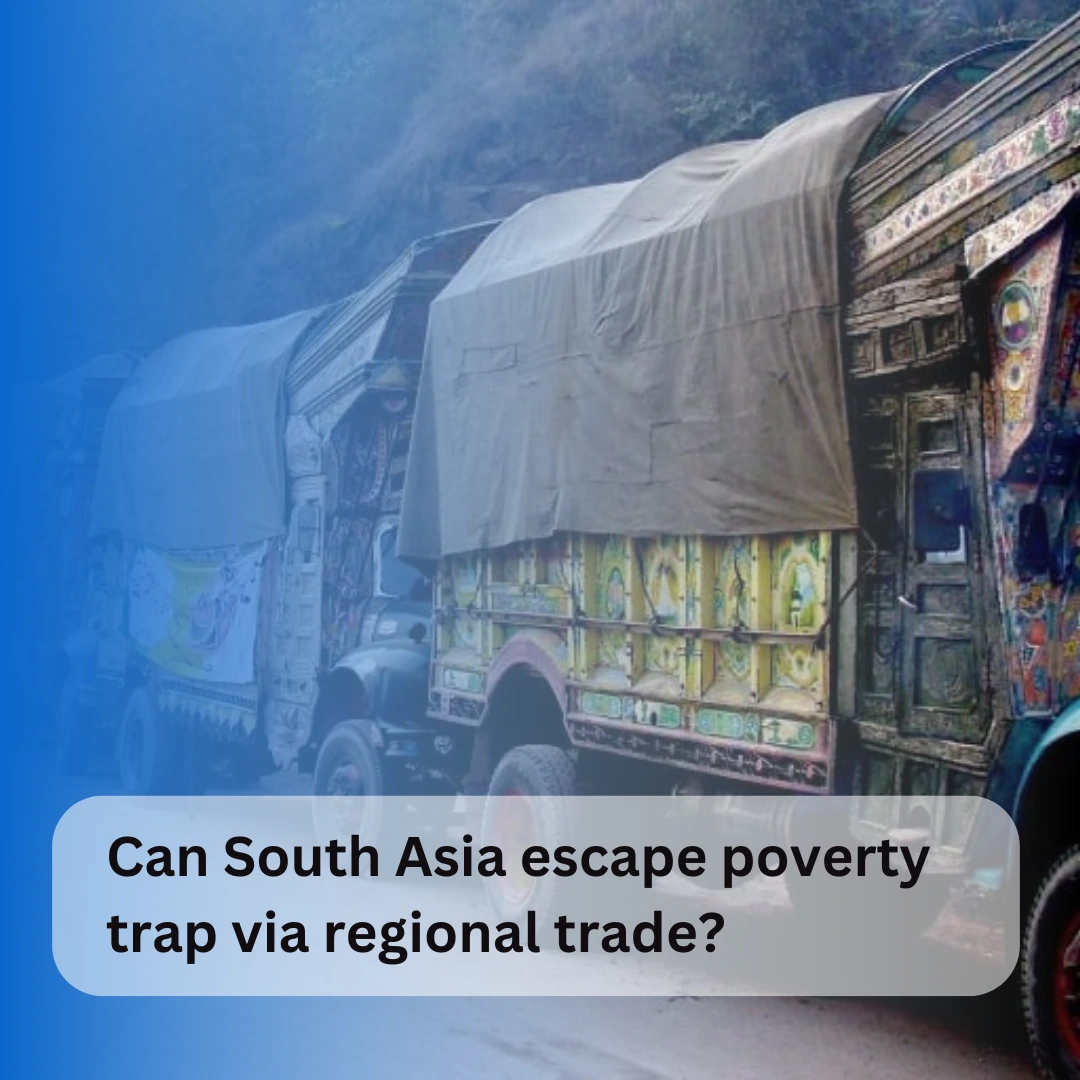After Donald Trump’s victory in the US election, many scholars believe that the world has entered a new era of global economic and political order, given that other Western countries are also experiencing a similar wave of populism.
This article discusses that in the context of global populism, regional trade could be a more effective substitute for achieving comparative advantages in international trade and enhancing prosperity. Trump and other populist leaders in the West share a common goal: industrial policy (IP). IPs are state-led government programmes – such as trade protection, subsidies, tax incentives and R&D funding that support strategic industries or sectors. They aim to promote the competitiveness of local industry, protect jobs and enhance growth.
IPs tend to oppose globalisation. However, they are not entirely protectionist; instead, they seek to rationalise trade relations with other countries. In this sense, IPs introduce a layer of diplomacy to international trade as governments continually assess the costs and benefits of engaging in trade with other nations. In its ideal form, globalisation involves limited diplomacy since international trade naturally involves trade deficits with some countries and surpluses with others. This is particularly evident in global value chains, where reliance on multiple countries makes it impractical and counterproductive to focus solely on maintaining a balanced trade relationship.
If globalisation weakens, the developing countries that rely on exports for economic growth and job creation will be adversely affected. Moreover, risks associated with global supply chain disruptions and geopolitical tensions are likely to rise. To diversify these risks, regional trade can serve as a valuable alternative for three main reasons:
First, it reduces dependency on distant markets. Second, countries within a region typically share cultural, historical, and geographical ties, which can lead to smoother trade relations, a better understanding of market needs, lower cost, economies of scale, specialisation, and easier negotiation of trade agreements. Finally, regional trade can stimulate the creation of new industries and sectors, facilitating sustainable economic growth and diversification that ultimately reduces vulnerability to external shocks. This approach provides a compelling alternative to government-led industrial policies, which often encounter challenges such as rent-seeking behaviour, information asymmetry, and slow feedback mechanisms, increasing the risk of policy failure.
South Asia, home to over 1.8 billion people, accounts for approximately 25.29% of the world’s population, making it one of the most populous regions globally. The region’s international trade constitutes around 46.63% of its GDP – 20.28% from exports and 26.35% from imports. This underscores the region’s strength in international trade but also its vulnerability to shifts in the global economic landscape.
South Asian countries can take all the advantages of regional economic integration listed above. This strategy can also enhance their bargaining power in international trade by representing a market that accounts for approximately 25.29% of the world’s population.
Moreover, this integration will improve the region’s attractiveness for foreign and local investments, similar to what is seen in the EU, Asean and USMCA. Unfortunately, South Asia is currently the least economically integrated region in the world, with regional trade accounting for only about 5% of total trade.
According to the Unescap South Asia Gravity Model, the potential for intraregional trade in South Asia is estimated to be two times its current level. This indicates a significant 67% of unrealised trade opportunities. Research conducted by Unescap and SANEM suggests that, if these opportunities are exploited, the region could see a benefit of approximately 3% of its GDP.
The primary barrier to increased regional trade is political issues. When political considerations are prioritised over economic benefits, the costs can be significant for the region. As a result, around 40% of the world’s poor reside in South Asia, making it the region with the second-highest poverty rate after Africa.
Political leaders must recognise this reality and learn from the experiences of the EU and Asean, understanding that economic development should not be sacrificed for political gain.
The writer is the Executive Director of the Policy Research Institute for South Asia (PRISA), an independent think tank based in London
Special Thanks: Express Tribune
“This article was originally published on The Express Tribune and has been reproduced with permission”.



